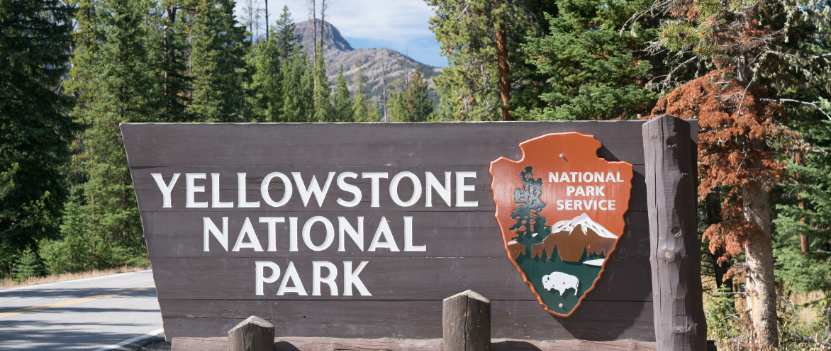On Tuesday morning in Yellowstone National Park, an unexpected hydrothermal explosion took place that resulted in significant boardwalk damage at the Biscuit Basin area northwest of Old Faithful. Michael Poland reported this event to U.S. Geological Survey Yellowstone Volcano Observatory.
Poland described the explosion at around 10 a.m. local time, approximately 2.1 miles northwest of Old Faithful, as “small.” It is thought to have originated in the Black Diamond Pool within Biscuit Basin; no injuries have been reported thus far.
Eyewitness videos captured a video of the explosion, showing several visitors near its source on a boardwalk nearby. After-blast footage revealed debris strewn across the area and visible damage to the boardwalk; consequently, as a precaution, the Biscuit Basin parking lot and boardwalks have been temporarily closed so geologists can investigate this incident.
Poland stressed that monitoring data indicate no unusual volcanic activity in Yellowstone region and noted that today’s explosion was not related to normal background activity levels within the volcanic system, nor any signs of imminent volcanic activity nor magma rising to the surface. He further elaborated that hydrothermal explosions such as this do not signal imminent volcanism nor indicate magma rising to the surface.
Yellowstone National Park has seen several explosions caused by the rapid conversion of underground water to steam in the form of rapid deluges of precipitation into steam, such as one that occurred in Biscuit Basin in May 2009 and one more recently on April 15 in Norris Geyser Basin—most notably that which destroyed Porkchop Geyser at Norris Geyser Basin back in 1989.
Hydrothermal explosions can send boiling water, steam, mud and rocks soaring over 1.2 miles into the sky. According to a 2018 report by the U.S. Geological Survey, large hydrothermal explosions typically take place every 700 years; at least 25 Yellowstone National Park craters with at least 328 foot wide craters could potentially serve as sites for significant events in future years.
The National Park Service noted that Black Diamond Pool has a history of activity following seismic events. Following an earthquake that hit in July 2006, this body of water experienced explosive eruptions with black, murky water pouring forth before gradually subsiding. Since then, such episodes have become less frequent with an average daily temperature of 148.5 degrees Fahrenheit being reported for most days.
Yellowstone National Park’s Public Affairs office has directed inquiries about Yellowstone Volcano Observatory news releases as the best source for additional details, and it has assured that more will become available as time passes.
Visitors planning a visit to Yellowstone should follow safety precautions recommended by the National Park Service, to ensure an enjoyable and hassle-free journey. Yellowstone remains an incredible and inviting destination even during natural disturbances.
Keep up-to-date on any developments at Yellowstone Volcano Observatory and observe safety precautions or guidelines while exploring the park.













